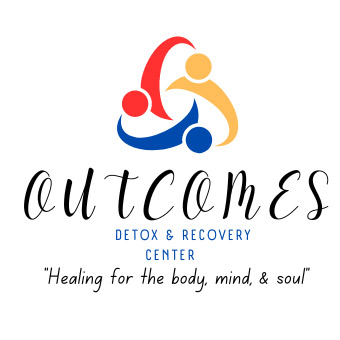Recent advances in psychosocial research and neurosciences have provided new avenues for prevention of substance abuse at the individual and community level. A series of risk and protective factors affecting the likelihood of using and abusing substances have been identified. The scope of prevention has been broadened, allowing the prescription of different interventions for individuals according to their varying degrees of vulnerability to substance experimentation, continuous use and dependence. An increased awareness of comorbidity between mental and substance use disorders provides an arena for prevention within psychiatry and related disciplines. Emphasis on program evaluation has helped identify cost effective programs and policies. The integration of prevention within healthy life style policies and programs, including interventions at the school, family and community levels, is more likely to produce the desired outcomes.
The overwhelming effects of substance abuse on individuals, families and societies demand effective mechanisms of deterrence. While there is consensus about the importance of prevention, there is a lack of agreement over the best way to achieve it.
Prevention is understood as any activity designed to avoid substance abuse and reduce its health and social consequences. This broad term can include actions aimed to reduce supply (based on the principle that the decreased availability of substances reduces the opportunities for abuse and dependence) and actions aimed to reduce demand (including health promotion and disease prevention). Evidence from epidemiology suggests continuous shifts between periods of increasing and decreasing abuse of substances (1): prevention can modify the trend, generate or reinforce the downward shift, or help diminish the rising trend.
Reducing the supply of illegal substances has included efforts aimed at destroying crops, crop substitution, prosecution of big scale traffickers and substance dealers, and reduction of substance availability on the streets. Abuse of psychotropic and narcotic medicines with a dependence potential has been controlled through medical prescription and the application of specific regulations for the production and distribution of medical drugs and their precursors. Medical education has a crucial role to play in reducing the availability of prescribed substances for abuse (2).
Demand reduction can be accomplished through special programs aimed to modify those factors which make individuals vulnerable to substance experimentation, continuous use and dependence, as well as to promote protective factors in the individual and the environment.
The need for an integrated strategy of supply and demand reduction was recognized during the 20th Special Session of the United Nations held in New York in 1998 (3). In the Political Declaration, member states recognized that action against the substance problem was a shared responsibility requiring an integrated, balanced approach. The term “demand reduction” was used to describe policies and programs aimed at reducing consumer demand for narcotic and psychotropic substances covered by the international substance control conventions. The Declaration of Demand Reduction recognized the need to: a) assess the problem, in order to base prevention on a regular evaluation of the nature and magnitude of substance abuse and related consequences; b) tackle the problem, from discouraging initial use to reducing the negative health and social consequences, education, public awareness, early intervention, aftercare and social reintegration, early assistance and access to services for those in need; c) forge partnerships, through the promotion of a community-wide participatory and partnership approach as the basis for the accurate assessment of the problem and the formulation and implementation of appropriate programs, integrated into broader social welfare and health promotion policies and preventive education programs; d) focus on special needs of the population in general and of specific subgroups, with emphasis on youth; e) send the right message (the information utilized in educational and prevention programs should be clear, scientifically accurate and reliable, culturally valid, timely and, where possible, tested on a target population).
References
- Sulkunen P. Drinking patterns and the level of alcohol consumption. An international overview. In: Gibbins RJ, editor; Israel Y, editor; Kalant H, editor. Research advances in alcohol and drug problems.Vol. 3. New York: Wiley; 1976. pp. 223–281. [Google Scholar]
- Ghodse H. Drugs and addictive behavior. A guide to treatment.3rd ed. Cambridge: Cambridge University Press; 2002. [Google Scholar]
- National Library of Medicine https://www.ncbi.nlm.nih.gov/pmc/articles/PMC1414714/#B1

